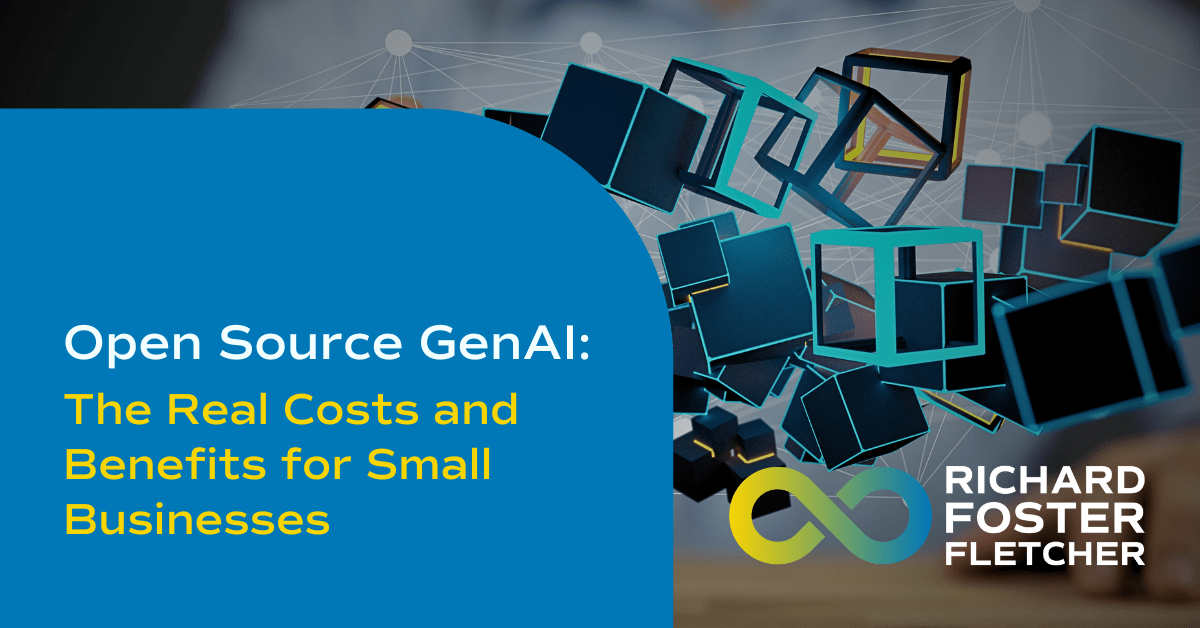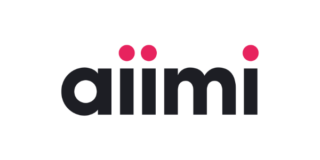
Open-Source GenAI: The Real Costs and Benefits for Small Businesses

The narrative around open-source generative AI (GenAI) models is compelling, especially for small and medium-sized enterprises (SMEs) seeking to harness AI without incurring the high costs of proprietary solutions. However, while open-source AI eliminates licensing fees, it’s crucial to consider whether this approach is genuinely cost-effective in the long run and what potential downsides might exist. This article explores the benefits and hidden costs of open-source GenAI, providing real-world examples to highlight its impact on small businesses.
Cost Savings: A Major Attraction
One of the most attractive aspects of open-source AI models is the elimination of licensing fees. Proprietary AI models can be prohibitively expensive, with initial licensing costs, annual renewals, and per-user fees. In contrast, open-source models, optimised through techniques such as Low Rank Adaptation (LoRA) and quantisation, remove these financial barriers. This democratisation of AI allows even the smallest businesses to integrate advanced AI capabilities into their operations.
Hidden Costs: The Other Side of the Coin
While the absence of licensing fees is a significant advantage, implementing and maintaining open-source AI comes with its own challenges. Businesses must consider the hidden costs, including:
Technical Expertise and Maintenance
Implementing open-source AI requires significant technical expertise. Businesses may need to hire skilled data scientists or AI specialists to manage these systems effectively, which can be costly. Customisation to fit specific business needs often leads to technical debt—where the future cost of maintaining and updating software increases due to initial shortcuts taken during development. Regular updates and patches are necessary to keep the system secure and functional, adding to the overall cost.
Security and Compliance Risks
Proprietary AI solutions typically include built-in security features and compliance certifications that open-source models may lack. Ensuring data privacy and regulatory compliance with frameworks like GDPR can be more challenging with open-source AI, necessitating additional investments in security measures.
Real-World Success Stories
Despite these challenges, many businesses have successfully implemented open-source AI to achieve significant benefits.
Case Study: Flowers For Dreams
Flowers For Dreams, a boutique flower shop, utilised open-source AI tools to streamline its inventory and supply chain management. By implementing predictive analytics and demand forecasting models, they managed to reduce waste and optimise their stock levels. This approach not only saved costs but also improved their ability to meet customer demand promptly, thereby enhancing overall customer satisfaction and business efficiency. Their success demonstrates how small businesses in the retail sector can leverage AI to improve operational efficiency and sustainability. Source: AISolveThat.
Case Study: Bitrix24
Bitrix24, a company providing business communication tools, integrated open-source natural language processing (NLP) models to enhance their customer service operations. By deploying AI chatbots, they managed to automate responses to frequently asked questions and support requests. This automation led to a significant reduction in response times and improved customer service efficiency, allowing their human agents to focus on more complex issues. This case illustrates the potential of AI to enhance customer interaction and service quality in small and medium-sized enterprises (SMEs). Source: AISolveThat.
Case Study: Hypotenuse AI
Hypotenuse AI, a small marketing firm, adopted open-source AI tools for content creation and marketing automation. They used AI to generate high-quality blog posts, product descriptions, and marketing copy, which allowed them to produce content at scale without compromising on quality. This strategic use of AI not only increased their content output but also freed up their creative team to focus on strategy and innovation. The firm’s success highlights how AI can be a game-changer for small businesses in the creative industries, offering cost-effective solutions for high-quality content production. Source: Hypotenuse AI
Is It Worth It?
The decision to adopt open-source AI models depends on a business’s specific needs, resources, and capabilities. While open-source AI offers significant cost savings on licensing, businesses must weigh these savings against the potential hidden costs and risks associated with customisation, maintenance, and security.
Key Questions to Consider:
- Do you have the technical expertise to implement and maintain open-source AI models?
- Are you prepared to invest in security measures to protect data privacy and compliance?
- Can you manage the potential technical debt associated with customisation and updates?
Ethical Considerations
Incorporating open-source AI also involves ethical considerations. Ensuring that AI systems are used responsibly, without bias, and in compliance with data privacy regulations is crucial. Businesses must adopt transparent practices and engage in continuous monitoring to uphold ethical standards.
Final Thoughts
Open-source AI models present an exciting opportunity for SMEs to harness the power of AI without the financial burden of proprietary solutions. While there are challenges and potential hidden costs, the benefits can be substantial when managed correctly. By carefully considering their capabilities and resources, businesses can make informed decisions about integrating open-source AI into their operations, ultimately driving innovation and competitiveness in their respective markets.
















